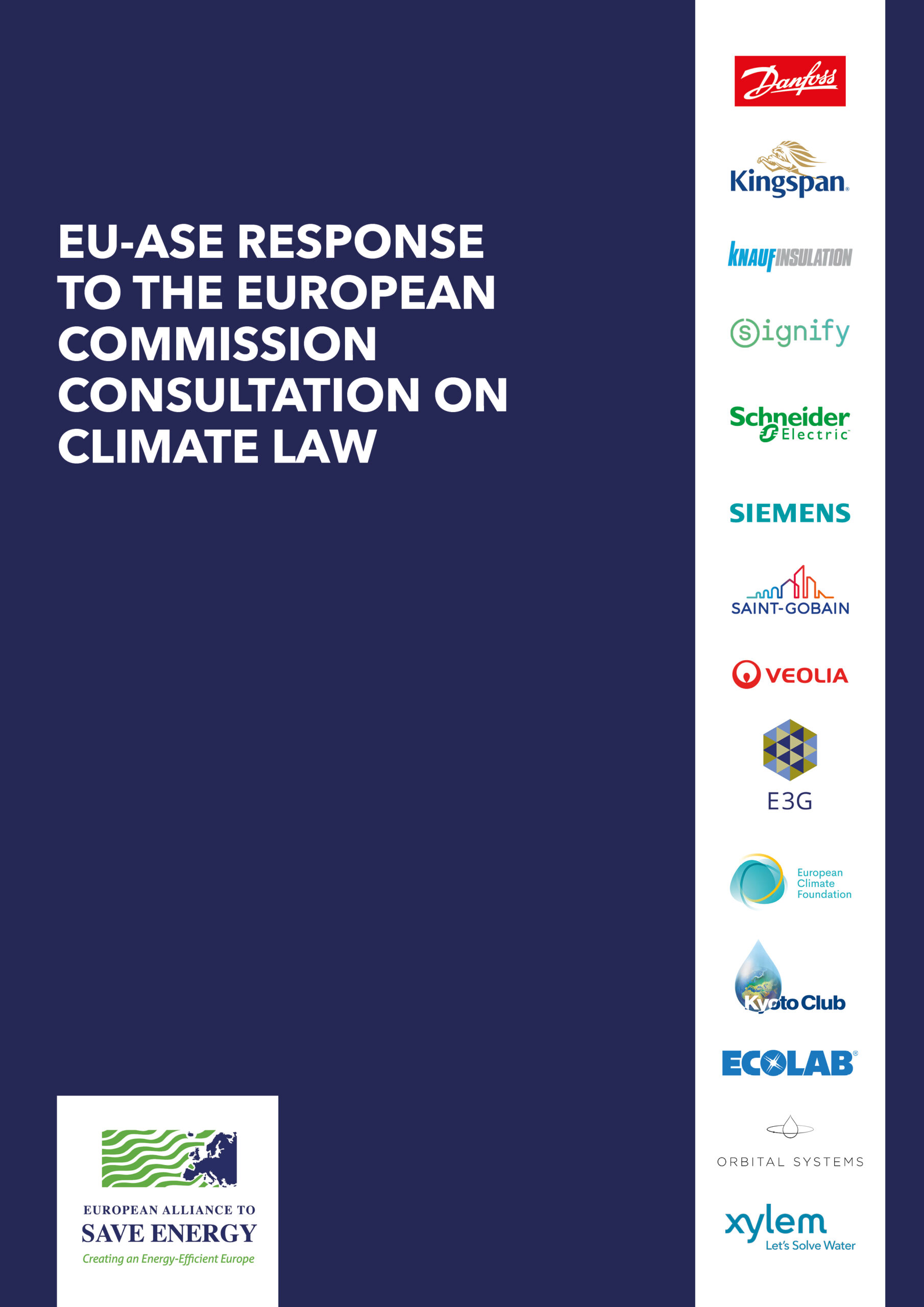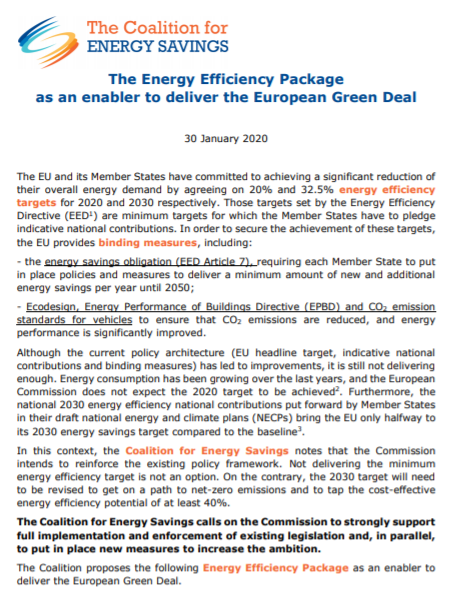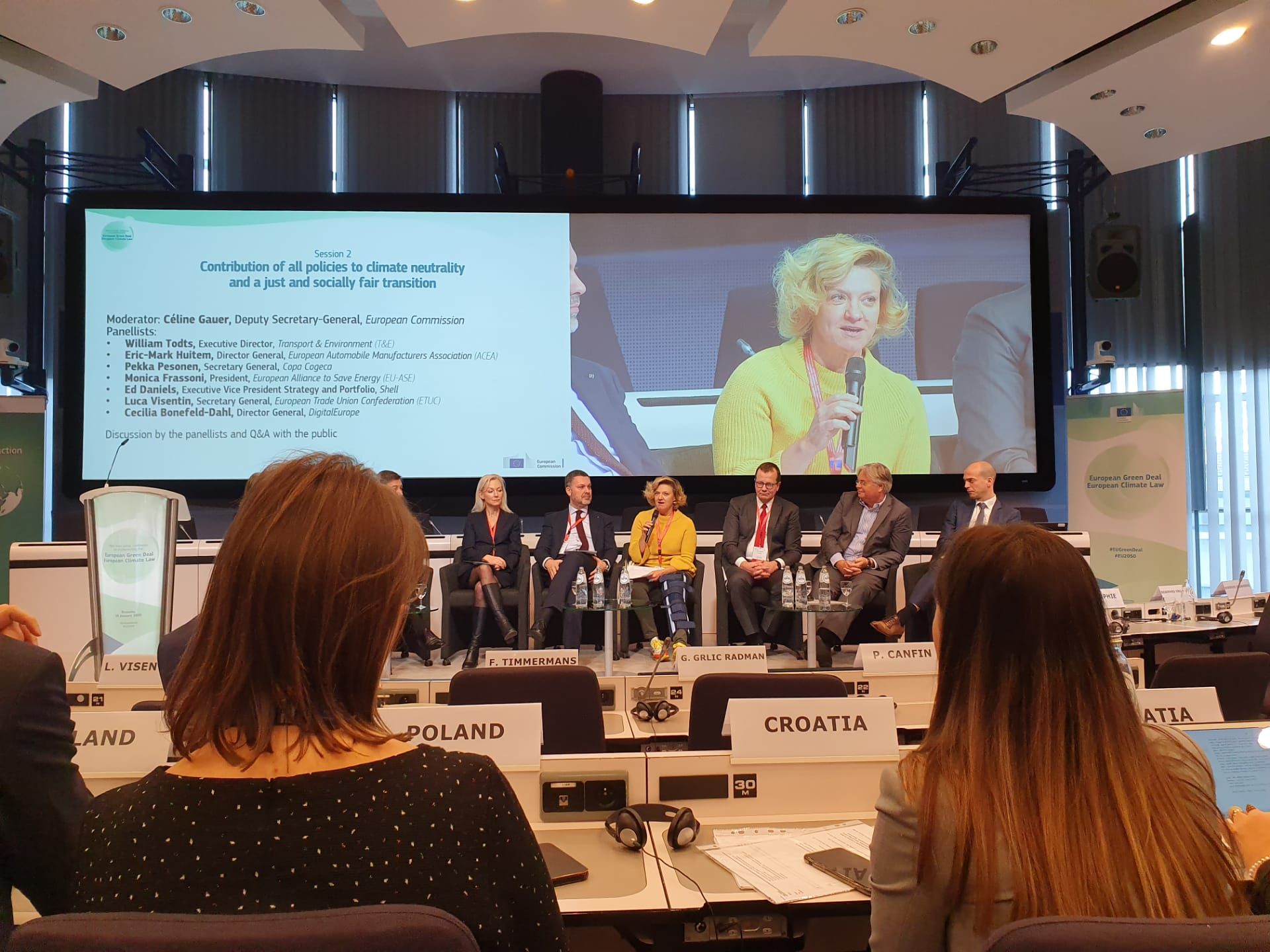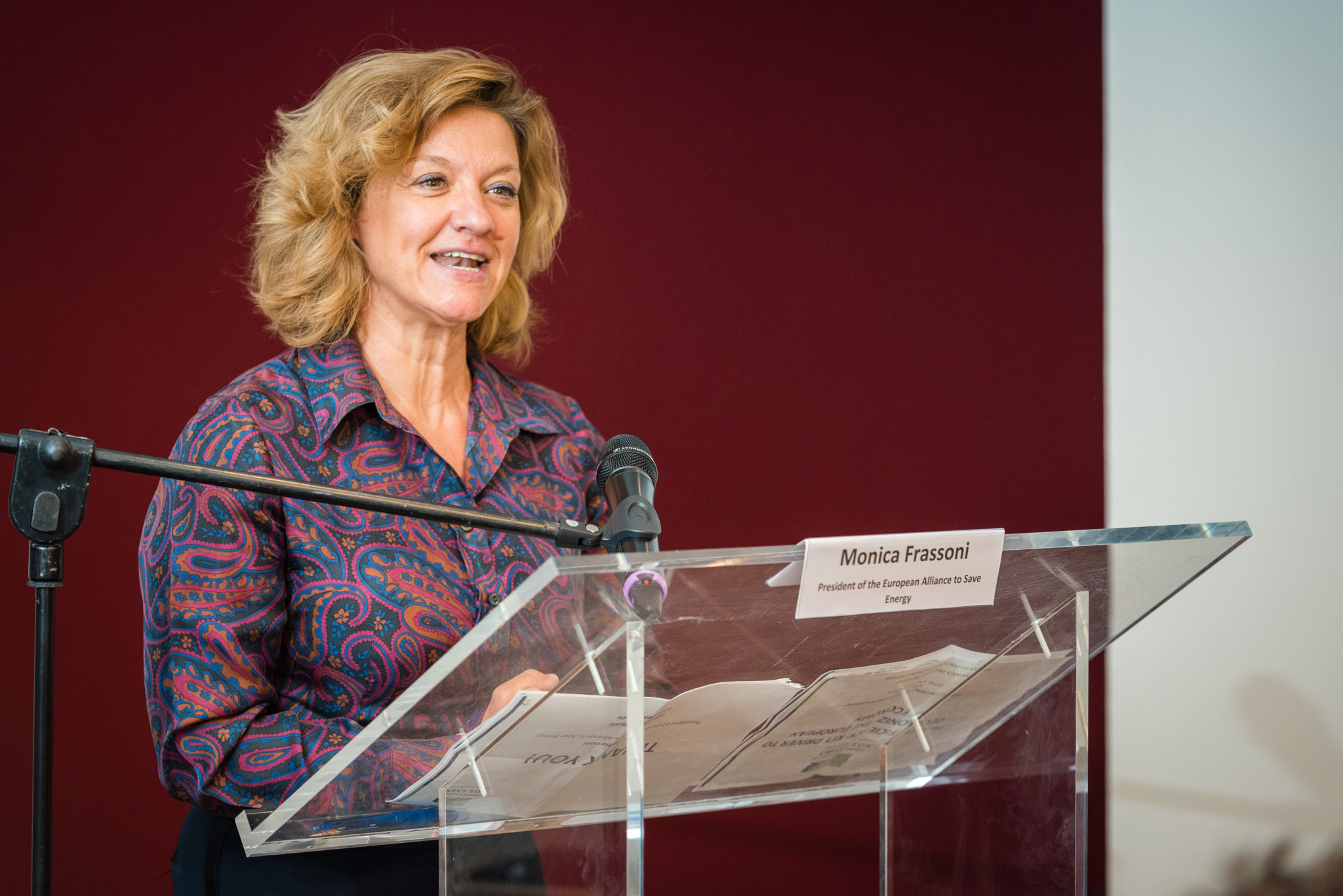The European Green Deal: a tipping point for good

by Harry Verhaar, EU-ASE Bord Chair and Head of Public & Government Affairs at Signify
It’s been a grave winter for the health of our planet. In Madrid, urgent climate talks dissolved into a disappointing stalemate. The public is informed and engaged in a new and promising way, but is also more divided. We are close to a tipping point: a point at which the rate of change increases dramatically, and possibly irreversibly towards a climate catastrophe.
When we talk about the concept of tipping points, we recognize that change isn’t linear – it’s exponential. We see examples of this all too frequently. As the planet warms, Arctic permafrost thaws, releasing methane and carbon dioxide that further accelerates the pace of change. And as the Earth loses more and more of its white, reflective surfaces, the planet more readily absorbs heat. We’re close to some of nature’s tipping points. Reaching these would have disastrous implications for our planet and our way of life.
Man on the moon moment
But in Europe, a change is coming that could be crucial to containing our carbon emissions and limiting the effects of climate change. On December 11, 2019, the European Commission announced the European Green Deal, a set of policy initiatives aimed at making this continent carbon neutral by 2050. The European Commission’s president, Ursula von der Leyen, called it Europe’s “man on the moon moment.”
The world’s track record with climate regulation has been patchy at best. So, what’s different about the European Green Deal? For me, it marks a fundamental change in the way environmental and sustainability regulation is developed. Historically, change that is focused upon carbon emissions reduction or environmental protection has been weighed in terms of expense: what must we sacrifice to achieve these targets? This tends to shut down public and political discussion, and in my view, has critically undersold the opportunities that sustainable practices bring to the table.
Growth strategy
The Green Deal is not about penalizing businesses and people for doing things in a less sustainable way. It’s a growth strategy, integrated into every public policy plan, that hardwires a preference for sustainable initiatives into every aspect of Europe’s socioeconomic development.

This is an important distinction. When you look more deeply at sustainable solutions, you discover that they are not at odds with economic progress. They are, in fact, better in every way. Take LED lighting. It’s more resource-efficient. Less burdensome on the environment. It costs less over a lifetime. And it is better for people, helping to improve quality of life. It can reduce road traffic accidents, deter crime, make you more productive, contribute to you breathing cleaner air. Who would say no to that?
We’ve said before that as we move into this all-determining decade of climate action, the time for talk is over. The European Green Deal presents a clear and non-negotiable ambition: to be climate-neutral by 2050 at the latest. To get there, we need intermediate milestones too, and that means a cut in emissions of more than half by 2030. This is in line with the recommendation of the Intergovernmental Panel on Climate Change, which advised a reduction of at least 55% by 2030.
“A climate neutral goal without action is dreaming.
Climate Action without a clear goal is sleepwalking.”
To have our “man on the moon moment”, we need to walk the talk. At Signify, we have our own carbon commitment, to be carbon neutral by the end of this year.
We also call upon others to adopt programs like the Climate Group’s RE100 commitment to renewable energy, to participate in renovation programs that transform existing buildings into net zero carbon buildings, and to adopt a 100% electric vehicle goal for the corporate or the municipal car fleet, because doing these things brings with it progress. It demystifies climate action, it turns ambition into concrete steps, and it demonstrates the economic potential of a new and better way for our society to function.
Progress is not linear
Programs that start with only a few participants have the power to make a difference. We know that the detrimental effects of climate change on our planet are not linear, but the same can be said of our progress. History has shown that many transitions accelerate after reaching a certain momentum. We see this in the lighting sector. At the end of 2006, incandescent light bulbs were still two thirds of our sales volume. In our last quarter, more than 80% of our revenue came from sustainable products, systems and services. The world has more people, bigger urban populations, and more light points than ever before, yet the proportion of global electricity consumption from lighting falls each year, from 19% in 2006, to 13% in 2018, and we expect it to fall further to 8% by 2030.

What happened? LED reached a tipping point. This successful decoupling of electricity consumption from use of light shows that choosing for sustainability does not need to come at a cost. This is just one example of such a decoupling – there can be many more. If we can achieve energy savings on such a scale across buildings, transportation, industry, our targets will be easily met.
To my mind, the European Green Deal can be our tipping point for good. With its broad scope, it reaches into the areas where we can have the most significant impact, and within these, create further tipping points for good. It can change the way we approach regulation. It can prove to the world that sustainability and economic growth need not be at odds. And it can be a time we look back on as the moment when we joined together to divert our path to a better and more sustainable trajectory.




